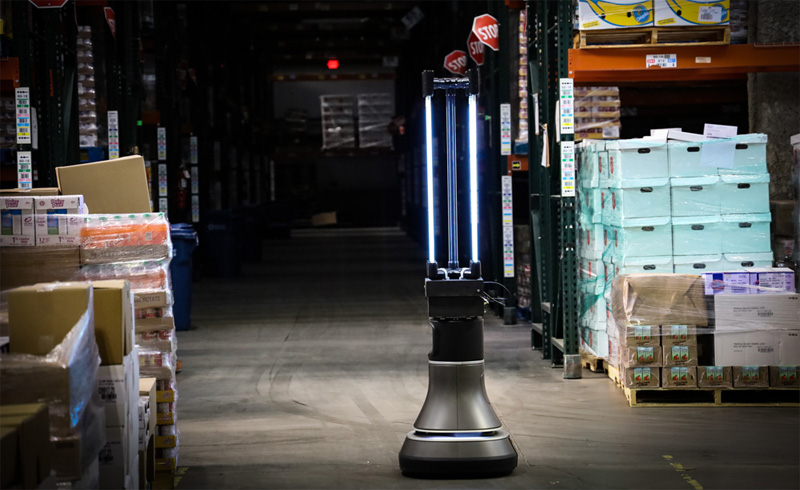Super-realistic face masks made by a tiny company in rural Japan are in demand from the domestic tech and entertainment industries and from countries as far away as Saudi Arabia.The 300,000-yen ($2,650) masks, made of resin and plastic by five employees at REAL-f Co., attempt to accurately duplicate an individual’s face down to fine wrinkles and skin texture.Company founder Osamu Kitagawa came up with the idea while working at a printing machine manufacturer.But it took him two years of experimentation before he found a way to use three-dimensional facial data from high quality photographs to make the masks, and started selling them in 2011.The company, based in the western prefecture of Shiga, receives about 100 orders every year from entertainment, automobile, technology and security companies, mainly in Japan.For example, a Japanese car company ordered a mask of a sleeping face to improve its facial recognition technology to detect if a driver had dozed off, Kitagawa said.“I am proud that my product is helping further development of facial recognition technology,” he added.“I hope that the developers would enhance face identification accuracy using these realistic masks.”Kitagawa, 60, said he had also received orders from organizations linked to the Saudi government to create masks for the king and princes.“I was told the masks...
Warehouse robot kills 90% of viruses

Researchers at MIT's Computer Science and Artificial Intelligence Laboratory (CSAIL), in collaboration with Ava Robotics and the Greater Boston Food Bank (GBFB), have designed a new robotic system that kills microorganisms in its proximity, using ultraviolet light.
During tests at GBFB, the robot drove by pallets and storage aisles at 0.22 miles per hour. At this speed, the robot could cover a 4,000-square-foot warehouse space in just half an hour. Ultraviolet C (UV-C) is a subtype of ultraviolet light that is short-wavelength (100–280 nm) and germicidal. Its light can kill or inactivate microorganisms by destroying nucleic acids and disrupting DNA or RNA. The dosage emitted by the robot seen here neutralised 90% of coronaviruses (and other organisms) on the warehouse surfaces. The results are encouraging enough that the approach could be useful for autonomous UV disinfection in other environments – such as airplanes, factories, restaurants, schools, and supermarkets, according to the researchers. Since UV-C is dangerous for all living organisms, however, it can only operate when nobody is around. MIT designed the UV-C light fixture, which then became integrated with Ava Robotics' mobile robot base. The complete system can map a space and navigate between waypoints and other pre-specified areas. While most effective in the...
Subscribe to:
Posts (Atom)
